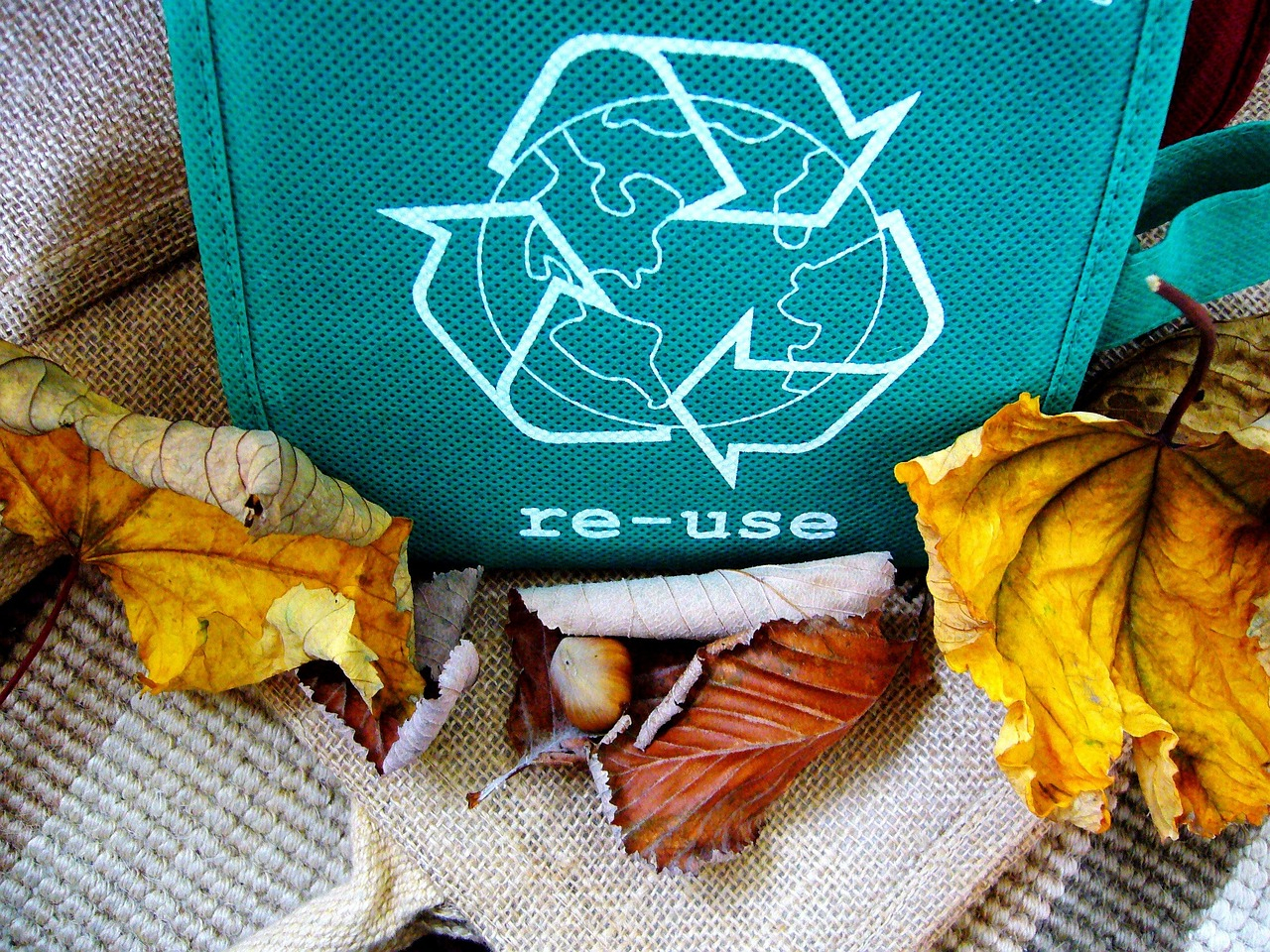Understanding the circular economy
The circular economy aims to minimize waste and maximize resource efficiency by closing the loop of production, consumption, and disposal. In the context of plastic, this entails rethinking traditional linear models of "take-make-dispose" and embracing strategies that prioritize reuse, recycling, and recovery.
Collection infrastructure: building the foundation
Efficient collection systems are the cornerstone of a circular plastic economy. Comprehensive infrastructure for collecting post-consumer plastic waste ensures that valuable materials re-enter the production cycle instead of ending up in landfills or oceans. Collaborative efforts between governments, businesses, and communities are essential to establish and optimize such systems.
Innovative recycling technologies
Advancements in recycling technologies hold the key to unlocking the full potential of plastic waste. From mechanical recycling to chemical depolymerization, various methods are being explored to transform used plastics into high-quality raw materials. Investment in research and development is crucial to scale up these technologies and make them economically viable.
Market demand and consumer education
Creating robust demand for recycled plastic products is vital for the success of the circular economy model. Businesses play a pivotal role in driving this demand by incorporating recycled materials into their supply chains and offering eco-friendly alternatives. Simultaneously, consumer education campaigns raise awareness about the importance of recycling and the impact of individual choices on the environment.
Policy support and regulatory frameworks
Government policies and regulations play a pivotal role in shaping the transition towards a circular plastic economy. Implementing extended producer responsibility (EPR) schemes, incentivizing eco-design, and imposing restrictions on single-use plastics are effective strategies to encourage sustainable practices across industries. By aligning economic incentives with environmental goals, policymakers can accelerate the adoption of circularity principles.
The economic imperative
Beyond environmental benefits, embracing the circular economy presents significant economic opportunities. It fosters innovation, stimulates job creation in the green sector, and reduces dependence on finite resources. Moreover, by recapturing the value of plastic waste, businesses can enhance their resilience to market fluctuations and secure a competitive edge in the long term - plastic scrap buyer.
In conclusion, transitioning to a circular economy for plastic is not just a moral imperative but also a pragmatic necessity. By reimagining the lifecycle of plastic and adopting a holistic approach that encompasses collection, recycling, and market demand, we can unlock substantial environmental, social, and economic benefits. The time to act is now, and collective efforts from all stakeholders are essential to turn the tide against plastic pollution.







